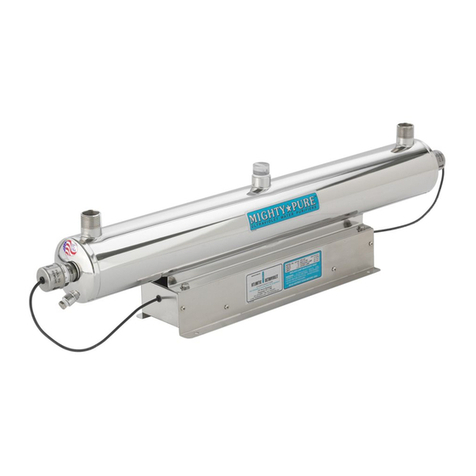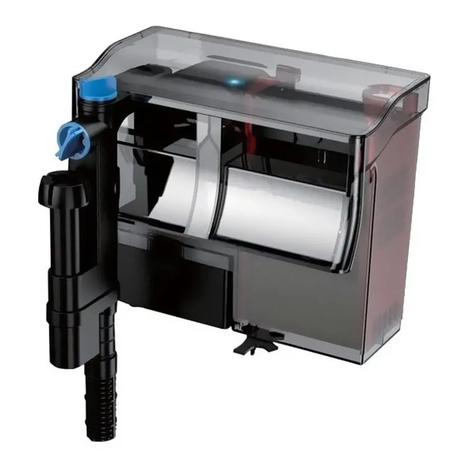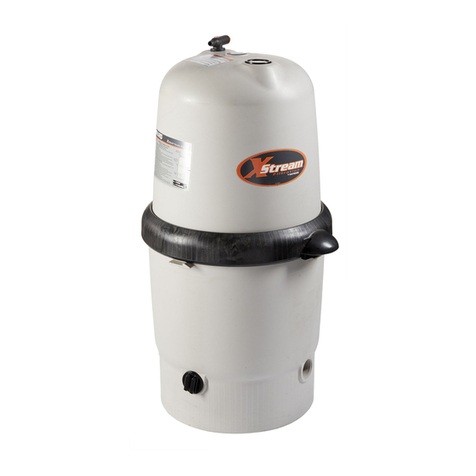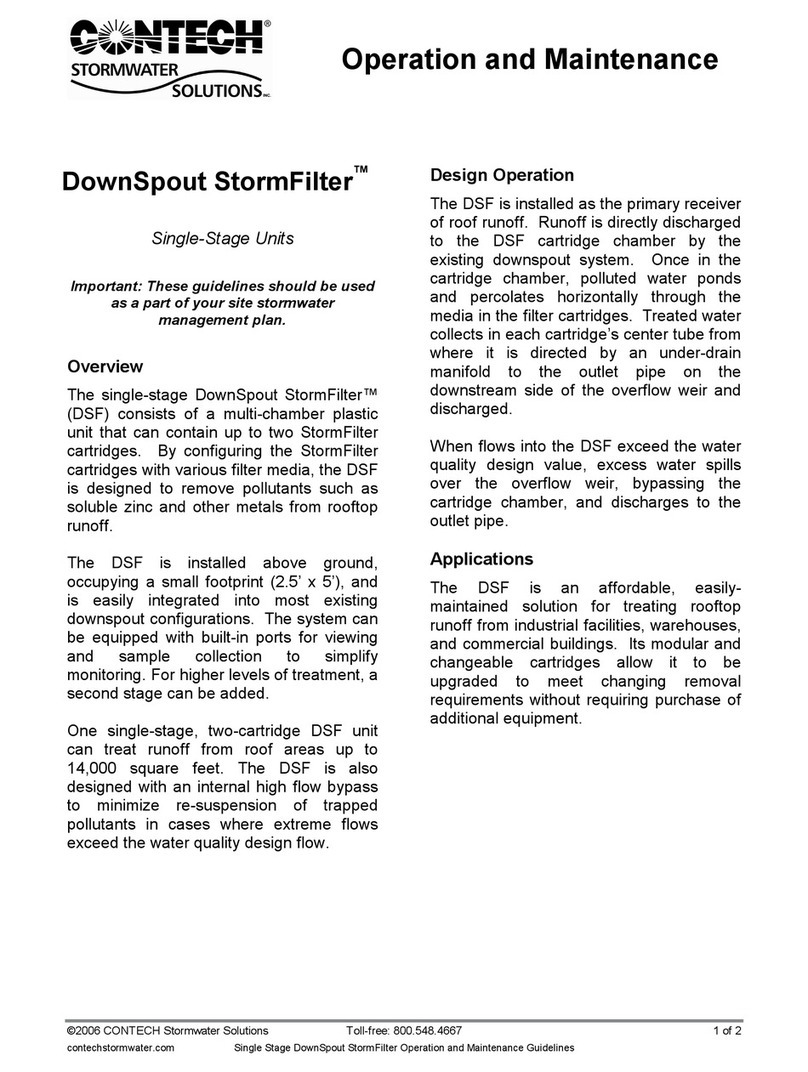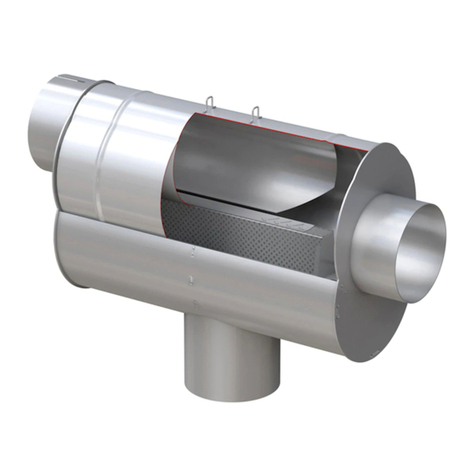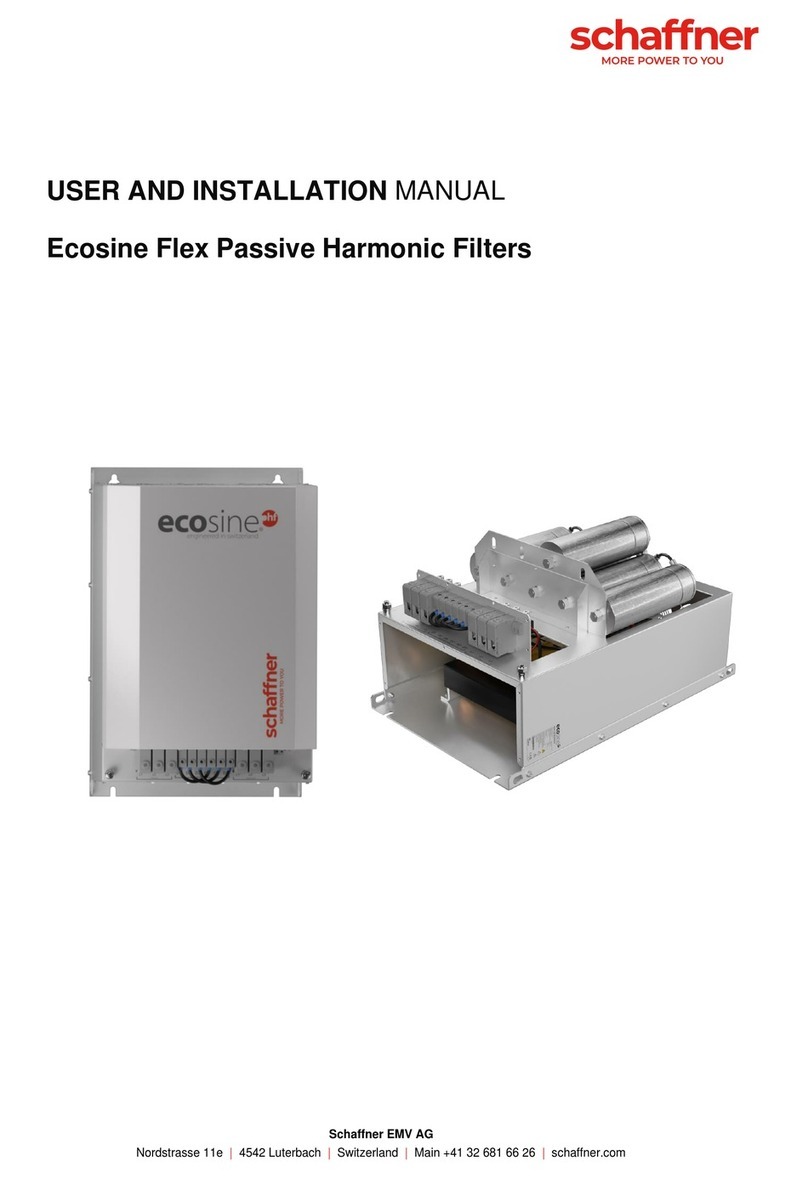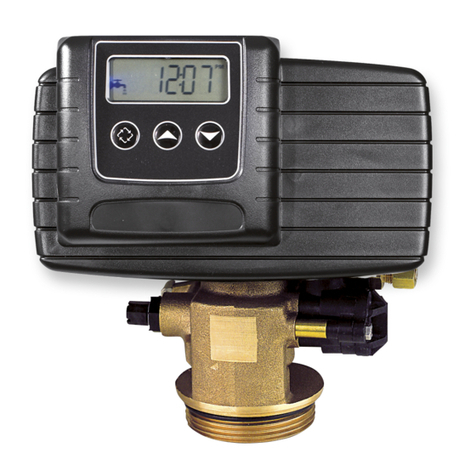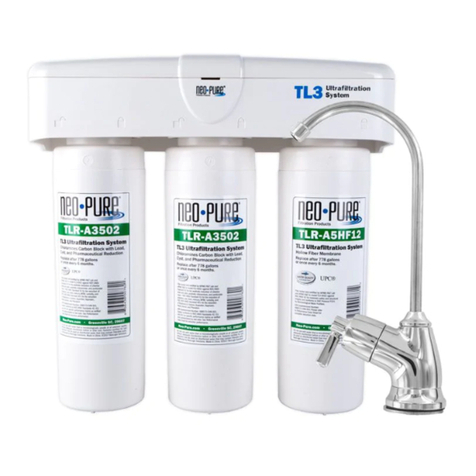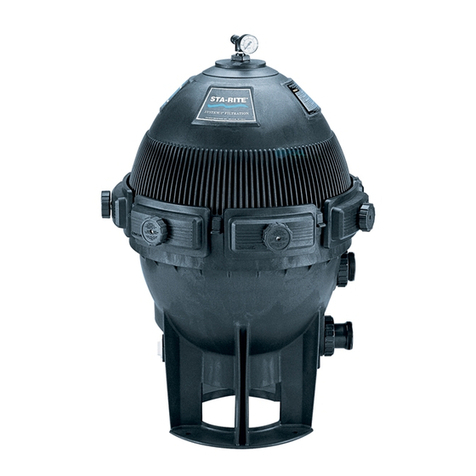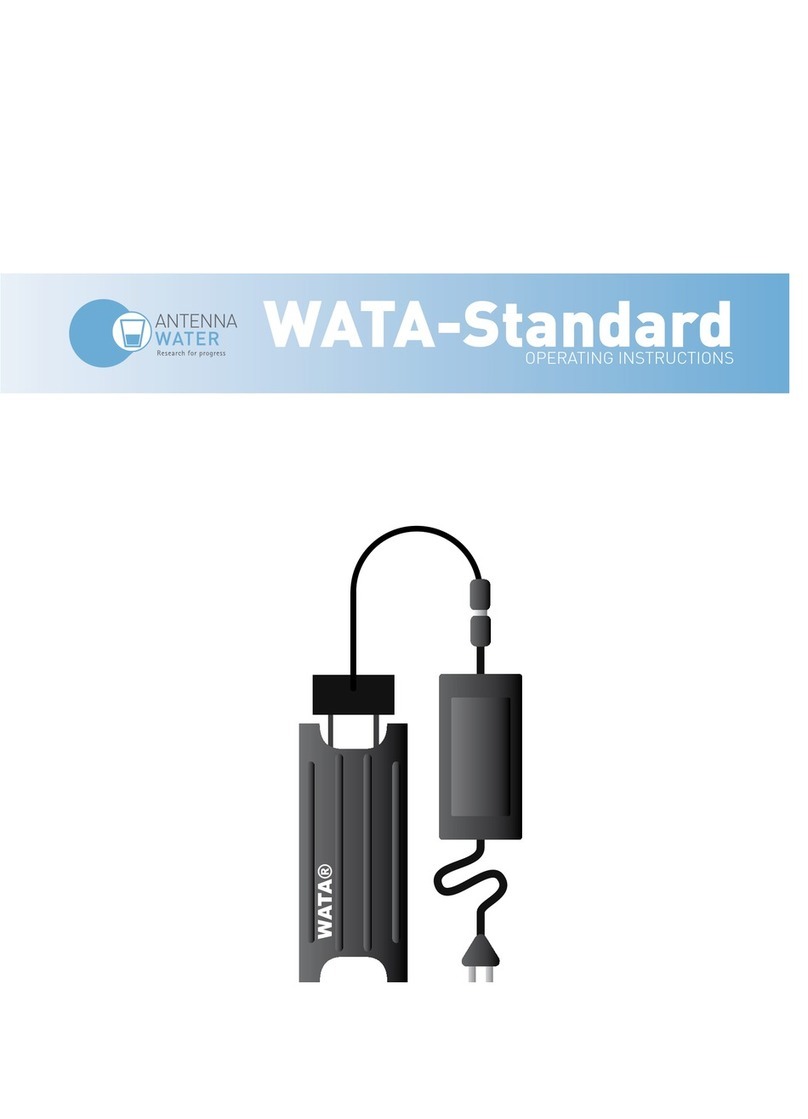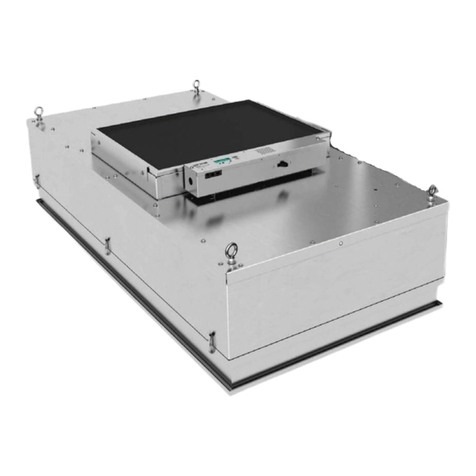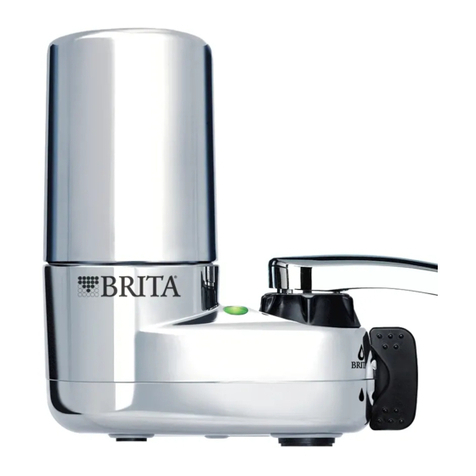
150331_IOM_GS_PE-LMD_BASIKA_rho_gb 9 von 30
5.2 Preparation of Set-up Area
Prior to the set-up of the grease separator please check the following conditions :
•The room is protected from frost
•The room can be illuminated
•The room allows self-ventilation
•The surface of the floor is protected and has a drain
•The floor must be even and have a good bearing capacity [observe stability (floor
loading)] and needs to provide sufficient space for the erection of the plant.
•The area must be big enough to allow for operation, maintenance and inspection of the
separator
•Water supply for filling and cleaning purposes as well as the respective electric
installation need to be available.
6. Installation
6.1 Sanitary Installation
•The grease separator needs to be set-up horizontally and in flow direction. The outlet
suction connection points to the front.
For grease separators in oval shape which are supplied on disposal pallets with
suction pipe first of all the disposal pallet is erected horizontally and in flow direction
(the outlet suction connection points to the front).
Then the grease separator with the connection piece at the bottom of the container is
placed on the pallet.
Finally the connecting sleeve of the suction pipe is attached to the connection piece
and screwed to the disposal pallet (see attached mounting sketch).
Please ensure the stability of the plant.
For plants having horizontal flanges it is essential to make sure that the connections
between the container components (see marking), the O-ring seal and the clamping
ring / screwed flange are perfect (also see attached mounting sketch).
•Prior to connecting all pipes the container is to be filled with water in order to ensure
that the container is fixed correctly and a leakage test can be run.
•Inlet and outlet pipes need to be laid according to DIN EN 752 and DIN EN 12 056 or
DIN EN 1610 and DIN EN 1825-2 respectively, as well as DIN EN 4040 section 100.
•We recommend to connect the vent pipe DN 100 of the grease separator to a separate
vent pipe (constantly rising) which leads via the roof.
